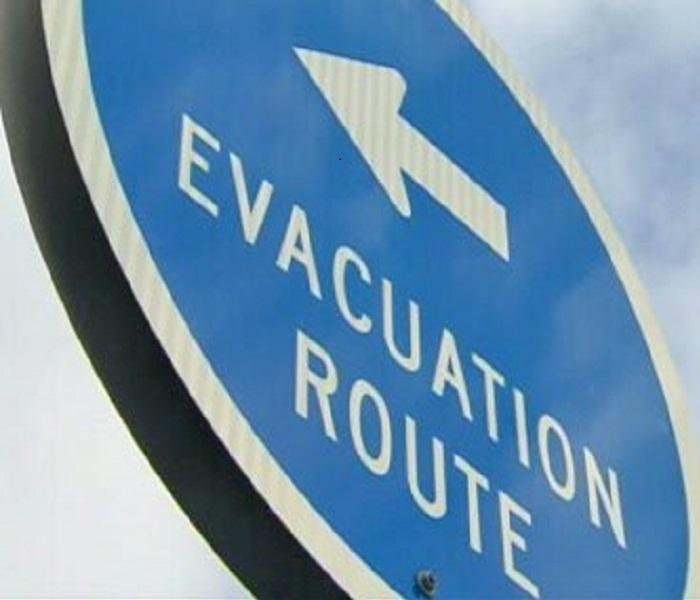Prepare for major 2014 hurricane despite predicted lull: Report
6/27/2014 (Permalink)
Bill Kenealy - Business Insurance
Businesses and insurers need to ready themselves for the possibility of a major hurricane making landfall in 2014 irrespective of projections for an average or below-average hurricane season, reinsurance broker Guy Carpenter & Co. L.L.C said in a report released Wednesday.
The report, “2014 Atlantic Hurricane Season: One Never Truly Knows,” say that while predictive and historical models can provide guidance, landfalls remain a real possibility.
While forecasters predict fewer hurricanes than average in the Atlantic basin for 2014, the correlation between hurricane counts and the number of U.S. landfalls is weak, said James Waller, research meteorologist for Guy Carpenter's GC Analytics division.
“The risk of a landfalling hurricane is a serious threat for any tropical season, regardless of seasonal outlooks for the Atlantic basin at large,” Mr. Waller said in a statement. “Warmer waters in the West Atlantic and Caribbean coupled with the uncertainty surrounding the strength and placement of the impending El Niño, warrant a moment of pause for the 2014 season.”
El Niño fuels uncertainty
Indeed, the report notes that many of the uncertainties in the outlook for 2014 center on the El Niño phenomenon, which is signaled by warmer-than-normal sea-surface temperatures in the tropical East Pacific as well as the cooler-than-normal sea-surface temperatures in the Atlantic Main Development Region, which is bounded by a box from 10-20 degrees north latitude and 20-85 degrees west longitude. A strong El Niño causes large-scale air circulations that enhance wind shear in the Atlantic, the report said, adding that enhanced wind shear is thought to disrupt tropical cyclone formation.
The unresolved questions regarding the strength and placement of this year's El Niño will be telling, the report concludes, noting that some of the most destructive U.S. hurricane landfalls came during weak El Niño years.
“The 2004 season was a weak El Niño year with the warm waters located closer to the Central Pacific,” the report said. “The season produced nine hurricanes and five U.S. landfalls, four of which severely affected Florida in a very impactful season.”




 24/7 Emergency Service
24/7 Emergency Service
